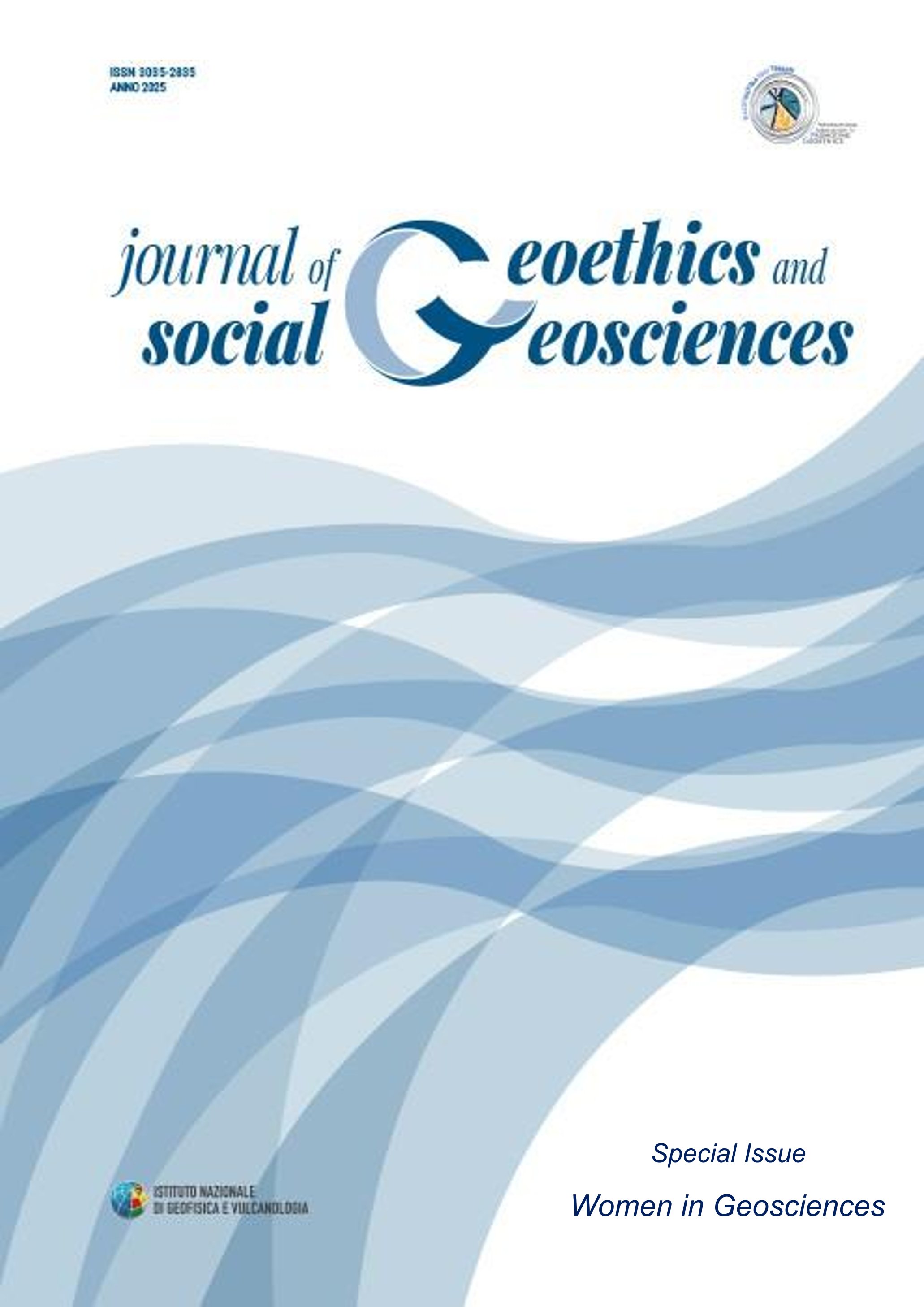Assessing gender distribution in Engineering Geology and Hydrogeology disciplines in Italy, with a focus on academic career progression and scientific productivity
Main Article Content
Abstract
The European Union's strongly focuses on gender equality through policies like the Gender Equality Strategy 2020-2025 and the 2025 Roadmap for Women's Rights. Despite progress in gender equality policies across the EU, women still encounter major obstacle in Academia, especially in the STEM field. This study examines possible gaps in Engineering Geology and Hydrogeology disciplines in Italy, with a focus on academic career progression and scientific productivity.
Data collected from the MUR-CINECA database (2001-2024) and SCOPUS (2014-2024) show that women continue to be underrepresented in all Academia stages, covering only 19.3% of Full professors, 29.6% of Associate professors, and 30.6% of Researchers. Additionally, analysis of publication metrics shows that especially at the Full professor level, female academics exhibit scientific productivity that are comparable to - or even higher than - those of their male colleagues. However, women usually have lower H-index values and less last-author positions, suggesting possible barriers to research recognition and leadership opportunities.
Through an anonymous survey among female Engineering Geologists and Hydrogeologists, it emerges that about 60% of women have experienced of workplace discrimination, while 38% of mothers felt their careers were temporarily sidelined during maternity periods. Women reported difficulties with work-family balance, due to decreased involvement in research networks, and limited access to fieldwork opportunities.
The findings indicate that solving gender inequality requires actions that attend not just to representation numbers, but also to the nature of roles, recognition and research leadership opportunities combined with National/European laws that protect women during maternity periods.
Article Details
Section

This work is licensed under a Creative Commons Attribution 4.0 International License.

